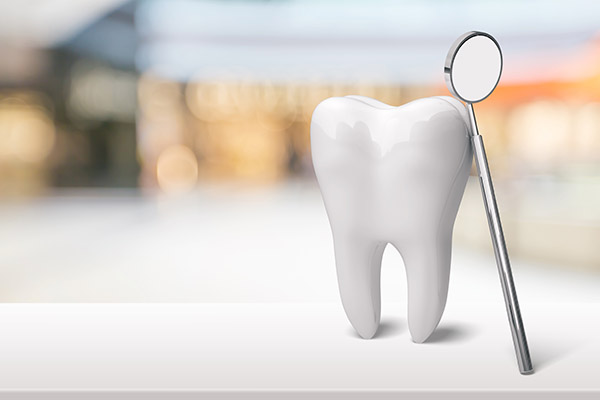Dental Botox Treatments for Bruxism

Botox® has been around for a while, and many patients have used it to achieve a better cosmetic facial complexion, but now, more dentists are beginning to use dental Botox to fix issues such as bruxism (teeth grinding), temporomandibular joint (TMJ) disorder and more. The results are promising.
How dental Botox can treat bruxism
Dental Botox can relax muscles in the jaw, which subsequently reduces the amount of nighttime clenching and grinding that patients who struggle with bruxism experience. The following is a closer look at how dentists can use dental Botox treatment to deal with the symptoms and underlying causes of bruxism.
What is dental Botox?
Dental Botox contains the botulinum toxin. When used to treat bruxism, this toxin can help relax the jaw muscles. This can help patients find relief from their symptoms and possibly achieve an appearance that they find more attractive. Botox has been popular for many years, but more recently, some patients are starting to choose a dentist to perform the treatment. This has many benefits because dentists often specialize in oral and maxillofacial health. They can ensure that the procedure is performed as safely as possible.
The benefits of dental Botox for bruxism
Dental Botox offers unique advantages over other forms of bruxism treatment. Other types of treatments typically include lifestyle changes to reduce stress and wearing a nightguard while sleeping. A nightguard is highly recommended among dentists, and many encourage patients with bruxism to consider both dental Botox and a night guard for optimal protection.
However, dental Botox is often all that is necessary, and the patient may not need to wear a nightguard. Dental Botox can offer many of the same cosmetic benefits as the Botox used to improve facial appearance, including reduced wrinkles and a softer features.
How dental Botox treatment works
Dental Botox treatment involves small injections of botulinum toxin, the primary ingredient responsible for the powerful effects of Botox. The procedure is non-invasive and most patients do not report any discomfort. It only lasts a few minutes at most, although the results may take a week or more to appear. Dental Botox treatment is also safe with few side effects, so long as the patient is not allergic to any of the materials used in the treatment process. A dentist can guide the patient through the entire process for optimal safety and effectiveness.
What to expect after dental Botox treatment
As mentioned, the results can take a week or more to appear. In the meantime, the dentist will provide aftercare instructions to ensure that the results are not jeopardized. The recovery process is short, and the patient can return to their usual daily activities on the same day as the dental Botox treatment.
Contact our dental team today for more information
If you have struggled with bruxism and have not yet been able to find true relief, then give our dentistry a call today to learn more about how bruxism may be able to help you.
Are you considering dental Botox in the Hackensack area? Get more information at https://www.smilebeautification.com.
Check out what others are saying about our services on Yelp: Read our Yelp reviews.
Recent Posts
Root canal treatment is a common dental procedure performed to save a damaged, decayed, or infected tooth from becoming lost or causing more concerning symptoms. It is important to understand the causes and warning signs that indicate a possible need for a root canal.The most notable and common causes for root canal treatment are an…
Root canal treatment is used to address infection or inflammation of the nerves and blood vessels in a tooth’s pulp chamber. The contents of the pulp chamber can become inflamed or infected for various reasons like trauma to a tooth, an untreated crack, or severe deep decay. Root canal treatment often allows patients to save…
Dental veneers can improve your dental health. Your dentist can present many types of this dental restoration. Understanding the types of veneers available can broaden your options. Here are the different types of dental veneers that you must consider.These are the most common types of dental veneers. The material in these restorations is feldspar, which…
Dental veneers help patients achieve a picture-perfect smile. However, these wafer-thin shells go over the natural teeth, which begs the question: Are dental veneers comfortable? When installed correctly, veneers feel just like your real teeth. In this article, we will explore veneers, how they work, and how they manage to feel and look natural.Veneers help…


